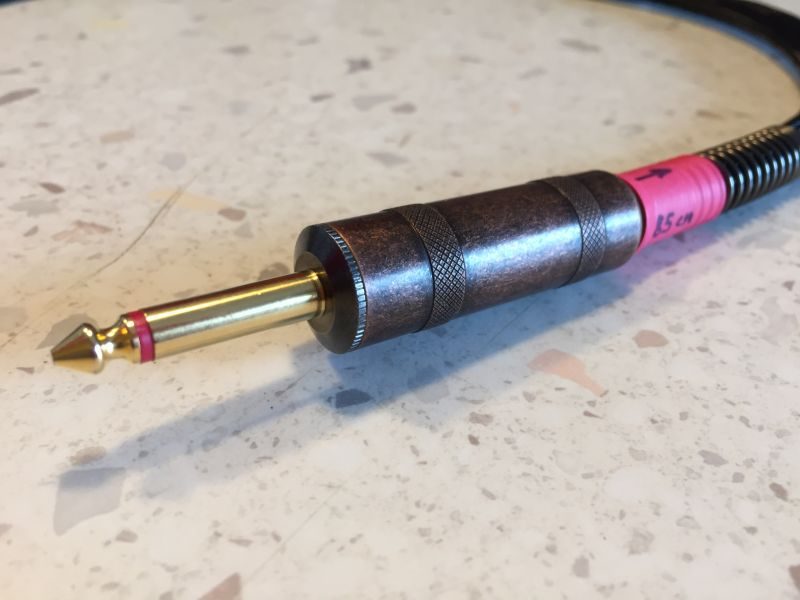
Power cables
100% hand-assembled, by me, one by one;
– Hand-wound conductor;
– Made from Italian raw materials;
– Finished with Italian handcrafted connectors.
I know it may sound strange, but in a head-box system the speaker cable is the one with the most influence on the sound result. The cable transports the amplified signal from the head to the loudspeaker and an inaccurate choice of cable can cause not indifferent alterations in timbre and detail compared to what comes out of the power amp.
It must be said that even in this case there are many companies that sell speaker cables, but that in the vast majority of cases they are all more or less the same in terms of geometry and construction characteristics. The classic power cable consists of a pair of PVC-insulated multi-stranded copper conductors, twisted together and inserted in turn into a thick PVC sheath. Lengths are usually around one and a half metres.
These characteristics have become the de facto standard in global production, and in all likelihood the differences you will find between model and model will be in the connectors used, the thickness of the two conductors, and the quality of the copper.


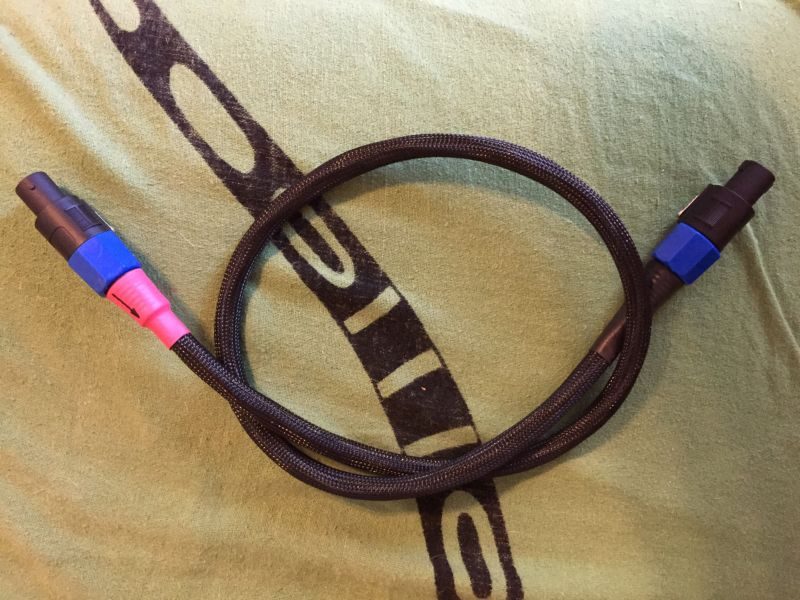
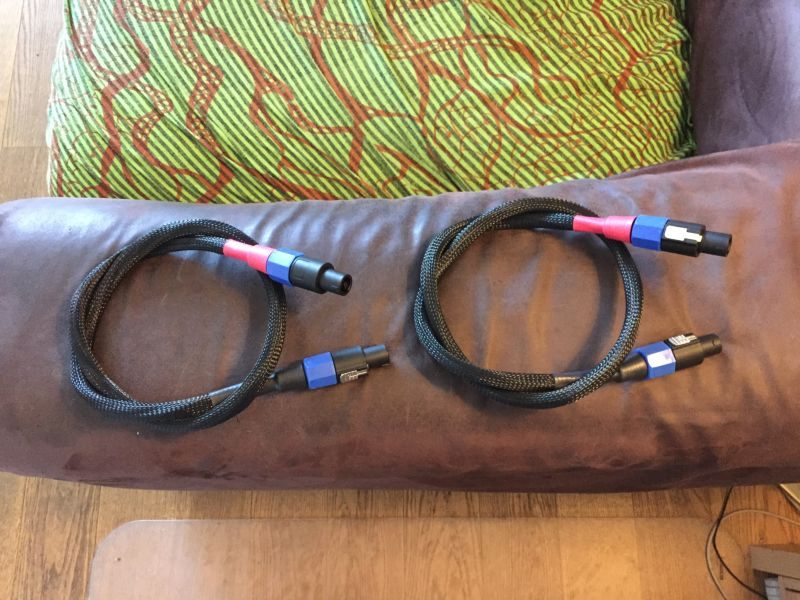
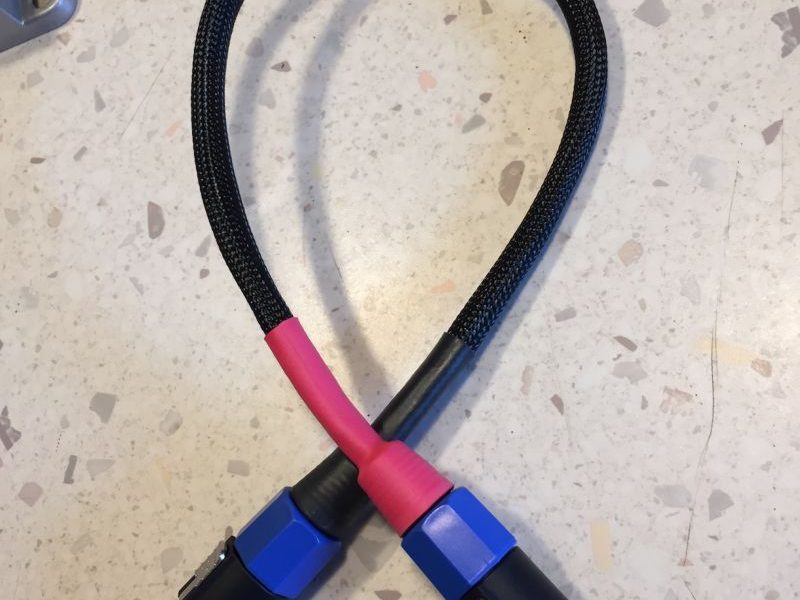
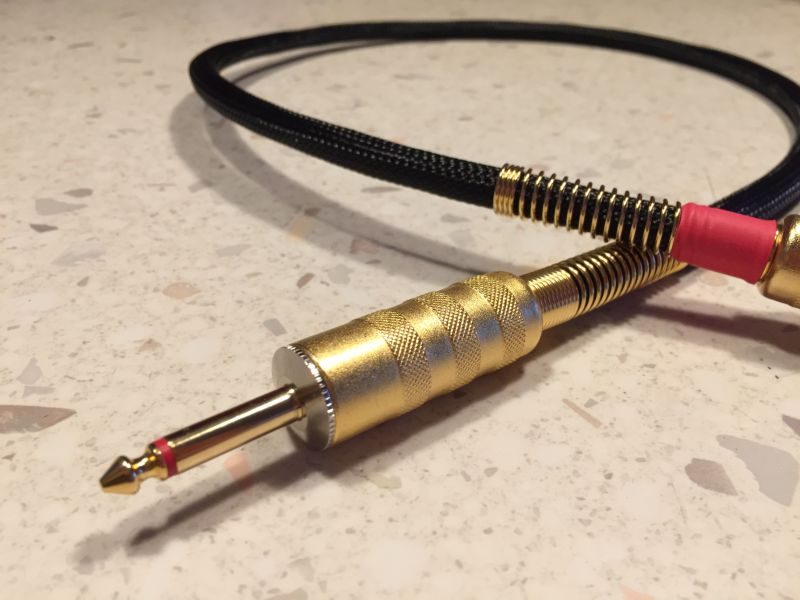
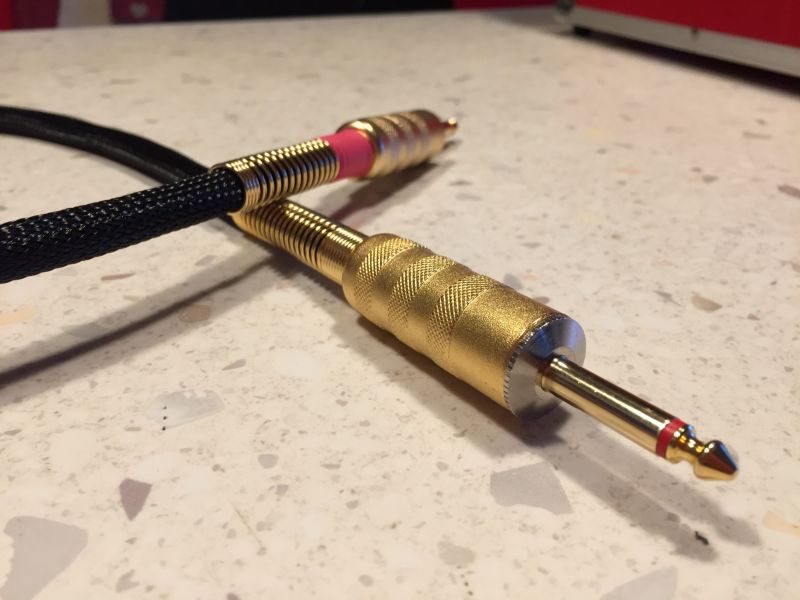
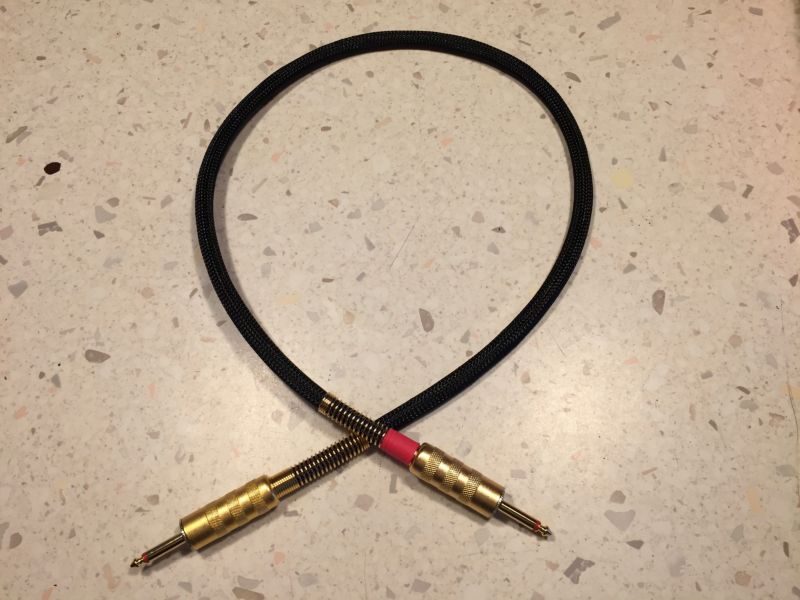
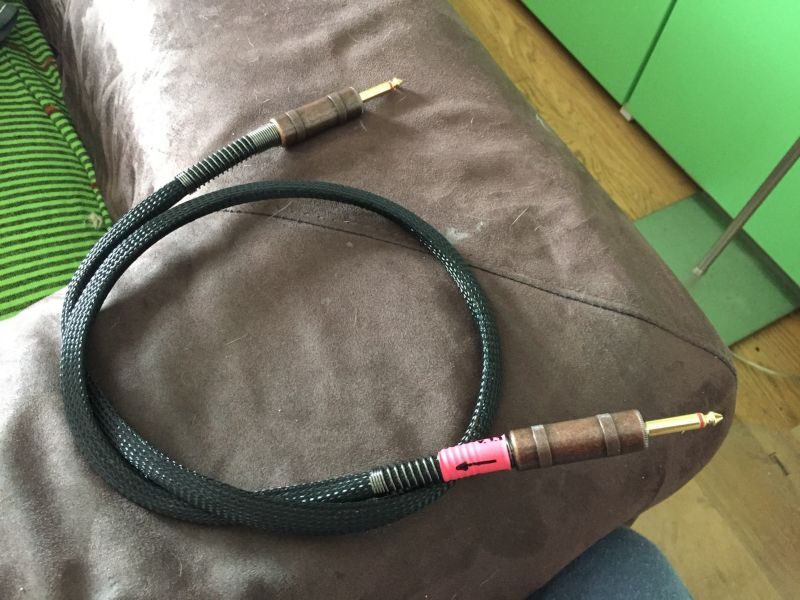

The years spent experimenting with cables for HIFI have taught me that these ‘standards’ are used for the sole purpose of saving on production costs, so that we can offer products that, although described on promotional blister packs as ‘innovative’, have very little that is innovative. A more or less pure copper, a fluorescent and eye-catching external colour…
I decided it was time to change everything. I would not use a ‘standard’ commercial conductor, but would create it entirely by hand, weaving it myself.
The first thing I removed completely was the PVC. This plastic has the advantage of being cheap, very flexible and easily coloured… and that’s it. In reality it has a detrimental effect on sound reproduction as it absorbs part of the electrical signal that passes over the copper, thus degrading the quality of the music. Instead, I decided to use only polyethylene, which on the contrary has much less impact on the signal, reducing the signal degradation to almost zero.
Then I changed the conductor geometry. Instead of two large multistrand conductors, I used 32 solid copper conductors, insulated one by one and twisted together to form a cable with a low inductive component, which is usually responsible for the attenuation of high frequencies.
In addition, I have reduced the lengths so as to keep the electrical resistance to a minimum, thus offering cables that are as short as possible. This is an entirely personal advantage, as each of my cables is built to customer-specific specifications. In this way, the cable is exactly as long as needed. The shorter the cable, the less it interferes with the end result… and it also costs less than a long cable!
The result is that my cable has far less impact on the sound than any other cable built using ‘traditional’ techniques. The effects are more dynamic impact, reduced distortion at the band extremes and impressive focus.
Try it to believe.



